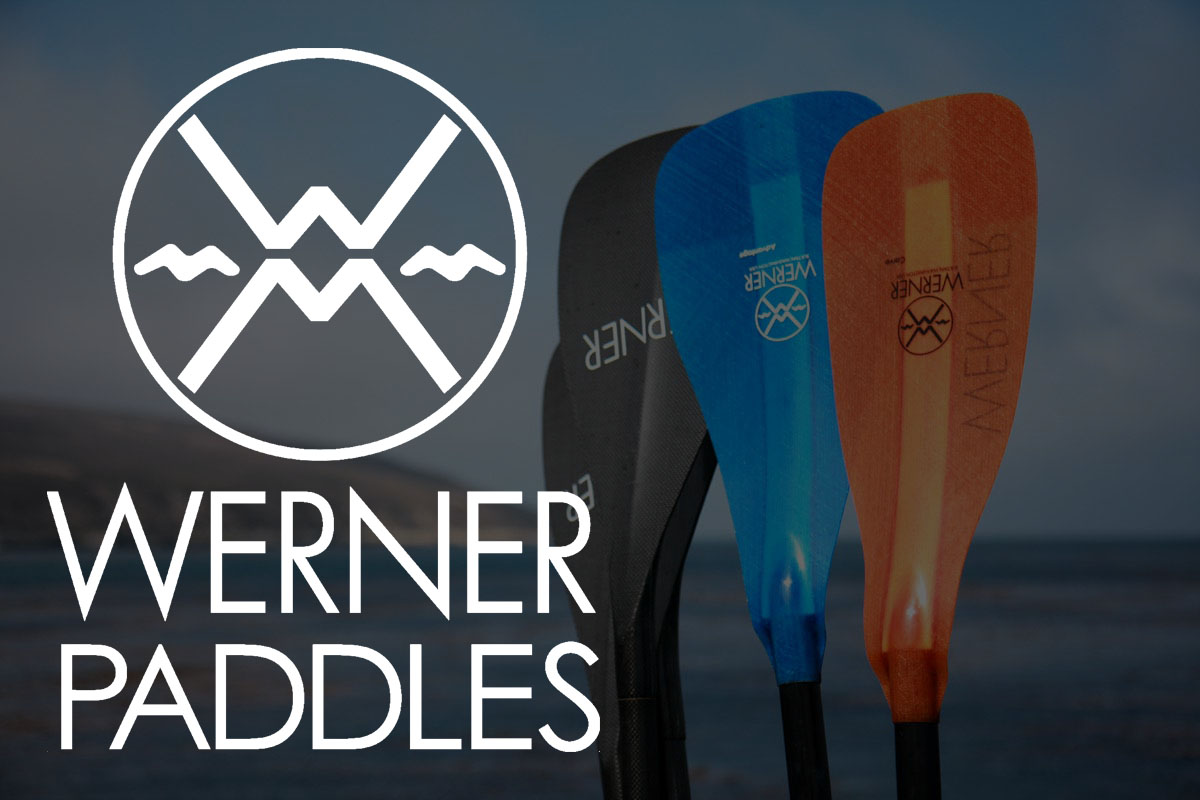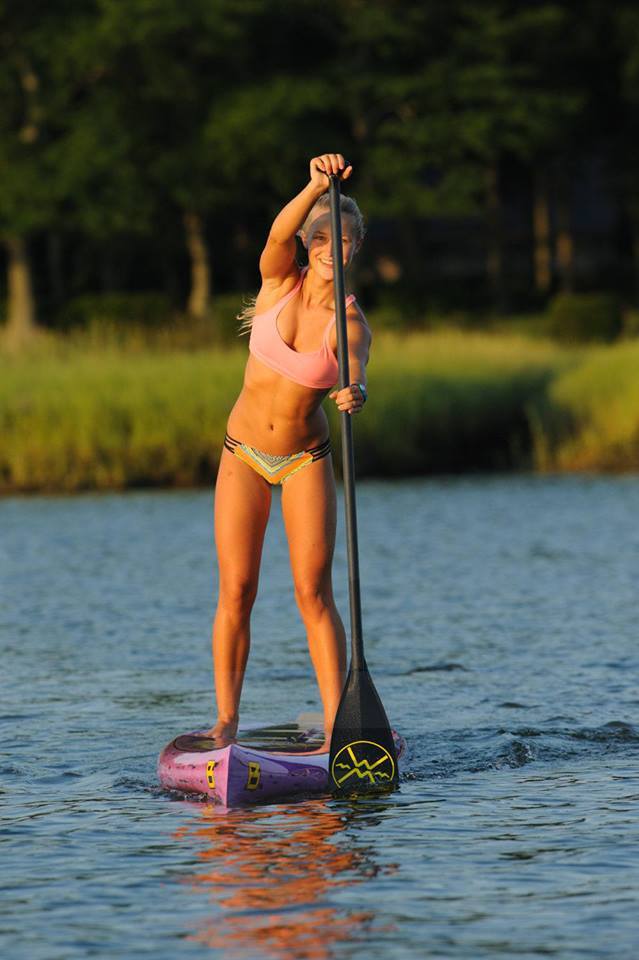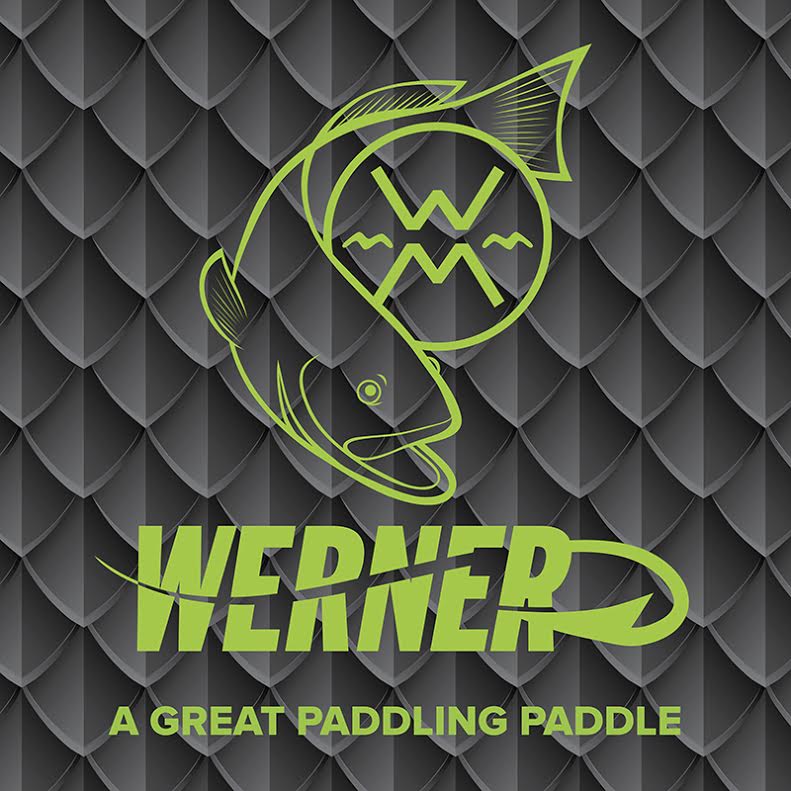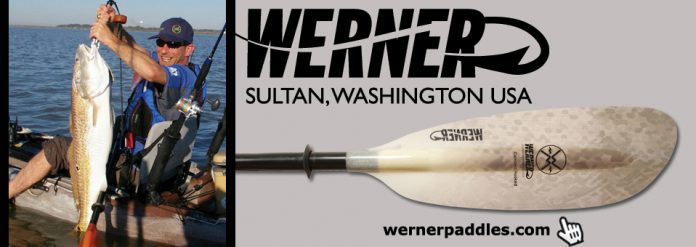It isn’t talked about a great deal. But it is a topic. There are some things to think about. I can tell you a fact: I am an untutored paddler. Never trained, I have the worst paddling technique around. More on that later. So, what should you consider with the topic of paddling?

Some people avoid it and get pedal drive boats. An option it is personally not my choice. I would rather paddle than peddle.
Paddling is something that quite simply, if you are better at it, you get places faster. You get places faster “more time fishing, less time traveling.” So simply, be better at paddling, spend more time fishing. That’s not a bad outcome.
1) Paddle drip and paddling form
2) Paddling form in general; and the paddle
Keep in mind that this is coming from someone I’d classify as “the untutored paddler.” When I first started using a kayak, I got it from the outdoors department at a local university and I was on my own. My biggest advice to anyone is to get the right instruction whether you’re in the category I’m in “untutored” or you’re brand new to the sport. That will maximize the experience for you and also help to avoid injuries.
In #1, it’s something I want to avoid in the colder months and also in the wind. In the colder months “stay dry, stay warm” which can be accomplished by dressing right. In the wind: If the paddle drip’s coming up high in the wind there is also going to be water on the sunglasses (which can be reduced with a wide brim hat). But if the “ultimate goal” is to keep water out of the boat entirely which also alleviates water on the sunglasses and keeping yourself dry: Keep your paddle down. It’s simply “angle and gravity”. What comes up, must come down. If I’m locking my arms more, using a lot of biceps but that was keeping the spray from coming off the paddle high, getting caught in the wind and ending up on me or in the boat. You can still move that boat fine with that technique and you can minimize the spray.

#2, others have already addressed the paddling form itself and also the paddle. The ring displaces plenty of that water for you. I have the Skagit and Tybee paddles I got from Werner Paddle, my sponsor. I like they’re quality and value. But the bottom line is that you’re in a sport that’s low to the water. You’re going to have to deal with that. To achieve what I achieve with keeping the water off you and out of that boat, you’re going to want to find a form like mine that eliminates that high lift of the paddle blade. Period.
My suggestion, duct tape to enhance the ring. If you really want to deter water, make your spray rings larger. Keeping the paddle down with enhanced rings, you should be dealing with less water.
Try different things. I suggest taking the class and learning how to do it the professional way. But moving a boat is an acquired skill. Steering. Changing directions. General positioning. I can do whatever I want to be done. Can you match my skill? If you can, you have done the trial and error thing and learned what things to do to make your boat do what you want it to.
Paddling is not difficult. In my opinion, if you are getting tired, you’re doing it wrong. “Technique” means you are getting your boat moving without using a great deal of effort to do so. Check into it: Can you get better at paddling? If the answer is yes, make an effort.

Do it like me and you don’t have to lift weights anymore. I can say one thing about my technique: I’ve never had an injury. I’m working my biceps hard every day, but I’ve never had any “paddling injuries”.
Full time kayak fishing guide, Neil was an advocate for conservation since before the time he started guiding. Outdoor writer, speaker and radio show host, Neil connected closely with Captain Mel Berman and did many positives with Mel to promote ethical angling. After Mel passed away, Neil managed www.capmel.com and eventually became that web site’s owner.
- The Neil Blog… - July 26, 2023
- The Catfish - July 26, 2023
- update - July 22, 2023











